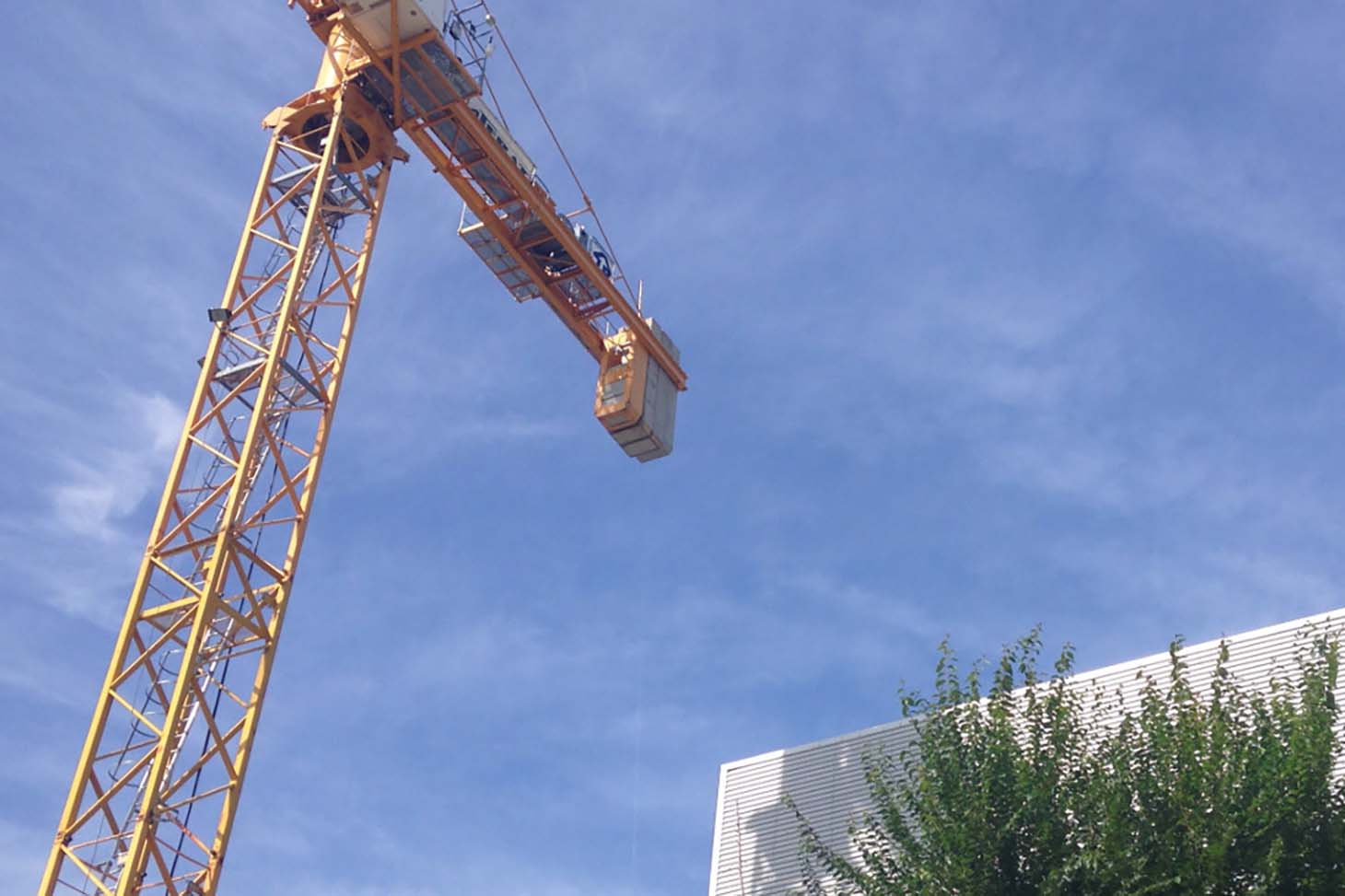History

The Institute of Urban Planning and Alpine Geography (IUGA) is shaped by the rich history of its two founding Institutes: the Institut de Géographie Alpine (IGA) and the Institut d'Urbanisme de Grenoble (IUG).
The IGA was the Université Joseph Fourier's training and research unit on geography. It was founded in 1907 by Raoul Blanchard, a French geographer who specialized in the study of the Alps as well as in the geography of Quebec. The IGA was located in several sites throughout Grenoble: first in the city center in the premises of the bishopric, then on the Bastille hill (on the Massif de la Chartreuse) in the 1960s, and finally in the Cité des Territoires since 2001.The following were the former directors of the IGA: Georges Bocquet, Bernard Debarbieux, John Tuppen, Grégoire Feyt, Hervé Gumuchian, Emmanuel Roux, Marie-Christine Fourny, John Tuppen (second term), Luc Gwiaździński, and Philippe Bourdeau.
Founded more recently than the IGA, the Institut d'Urbanisme de Grenoble was the urban planning training and research unit of the Université Pierre Mendès-France. In 1969, then labeled the "urban development" teaching and research unit, the IUG's establishment was the result of several factors: the upheaval of May 1968, the 1965 election of Hubert Dubedout's municipal team that redesigned Grenoble for the 1968 Olympic Games, and a broader national reconsideration of France's urban policy. Before settling in its current location at the Cité des Territoires in 2000, the IUG was located in downtown Grenoble at Rue Lesdiguières.
Former directors of the IGA were: Jean Verlhac, Christian Lacroix, A. Ferrand, Christian Lacroix (second term), A. Casalis, Alain Motte, Jan Tucny, Bernard Pouyet, Gilles Novarina, Marcus Zepf, and Jean-Michel Roux.
Published on September 6, 2019
Updated on July 5, 2024
Updated on July 5, 2024

